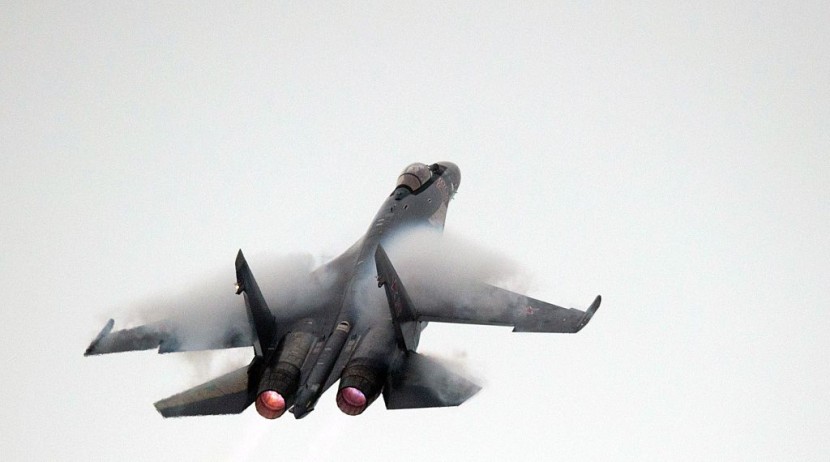
Sources say the Russian Air Force has been upgraded with the Kh-31 PD missiles developed to attack and destroy the radar and air defense batteries of the AFU. The domestic defense ministry called the new air-launched anti-radiation homing missile with a warhead capable of tracking most targets, noted TASS.
Kh-31 PD To Attack Radar, Air Defense Batteries
The new air-to-ground missile (AGM) has reportedly been used against enemy targets. An earlier variant has three warheads deployed for specific targets. On October 22 last year, a source from the defense industry said the missile, Supersonic Death, made by the Tactical Missiles Corporation, has allegedly been able to hit targets 98%, reported The Eurasian Times.
The exact name of the Russian HARM missile was omitted in the report. But the catalog of the defense firm mentioned the missile is the Kh-31 Krypton for air launching, according to Deagel.
Russia's New Missile Addition to Its Arsenal
Based on the specifications of the HARM deployed by aircraft at 15 kilometers with a 110-kilogram warhead. Tracks target as far as 150 kilometers compared to its earlier model, the Kh-31P.
Based on the report that this bleeding-edge Russian missile technology is years ahead, the maker has had a proven track record in destroying Ukrainian assets. Instead of the usual several missile types for several targets, this new rocket has one warhead that can shift targets, tracing all possible frequencies, unlike before, per Top War.
Compared to the P variant, the PD variant has a longer stand-off distance and is mounted on fighters, including the Su-30MK, Su-34, Su-35, MiG-29K, MiG-29KUB, and MiG-35.
Next-Generation Russian HARM
RUSI stated on November 2022 that it had been fired from the Su-30SM and Su-35S jets had fired the Kh-31P and Kh-58, demolishing Ukrainian SAM radars.
UAF command had revealed that Kyiv suffered losses of SA-11 and SA-8 SAMs to the Kh- series AGMS on Russian jets. Helping the VKS are Orlan-10 UAVs to disable Ukrainian defense systems. Supersonic Death is hard to intercept due to its Mach speed which will give little time to block them. Not all US or NATO systems are supersonic but sub-sonic.
The missile has two versions, the A and P variants as early types. 'A' means acting as a ship killer missile tracking with inertial guidance. It can attack ships whose displacement is 4,500 tons. The P variant kills enemy radar by detecting radiation and disabling all kinds of radars with the SAMS to blind the air defense.
Added to the Kh-family is the type with a bigger warhead called the Kh-31AD (ship killer cruise missile) to specifically kill naval landing ships, seen in MAKS 2019. It's bigger than the US AGM -88 Harm, which has a smaller warhead of 68 to 110 kilograms.
A heavier warhead has more power on impact with its 1000 m/s speed, and HARM is less at 600 m/s speed. The Russian Kh-31 is far better overall despite US hype. But the AGM -88 is more advanced than the KH-31, giving it an edge.
The US missile records the location of the SAM radar with a high-resolution (millimeter wave) radar to see the target. But the RuAF has the edge with a Kh-31PD made to disable radar and air defense batteries.
Related Article : Russia's Su-34 Fighter-Bombers Deliver Precision Strikes
© 2026 HNGN, All rights reserved. Do not reproduce without permission.







